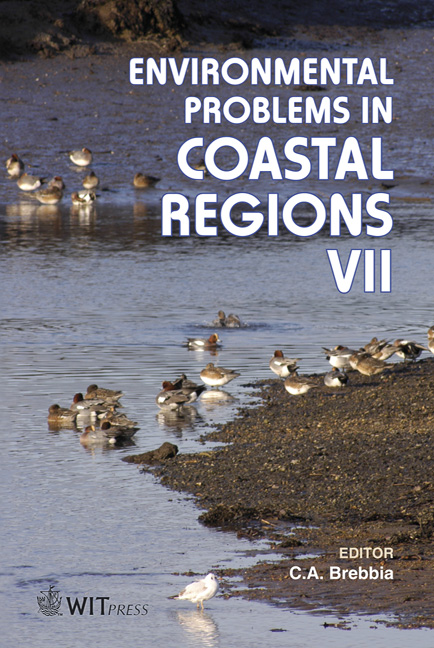Influence Of Climate And Anthropogenous Activity On The Terrigenous Sedimentation Dynamics Of The Sea Of Azov In The Second Part Of The XXth Century
Price
Free (open access)
Transaction
Volume
99
Pages
8
Page Range
171 - 178
Published
2008
Size
1,156 kb
Paper DOI
10.2495/CENV080161
Copyright
WIT Press
Author(s)
S. V. Berdnikov & V. V. Sorokina
Abstract
Spatiotemporal peculiarities of terrigenous sedimentation in the second part of the XXth century are analyzed on the basis of balance calculations with the application of a spatially detailed mathematical model of transport and sedimentation of suspended matter adjusted for the Sea of Azov. The setup and calibration of this model are described and an interpretation of the results is carried out. According to climatic fluctuation and anthropogenous activity, four periods of terrigenous sedimentation in the second part of the XXth century are determined. The schemes of deposition and erosion sediment matter are made. The general tendency of a decrease in terrigenous matter accumulation and an increase in the squares of negative balance of terrigenous matter is caused by a 2.5-fold reduction of volume in the transported land matter. In the study period, the intensity of sedimentation decreased from 1000 to 400 g/m2 per year. Keywords: terrigenous sedimentation, mathematical modelling, the Sea of Azov. 1 Introduction The Sea of Azov is a small and shallow sea in the southern part of European Russia (the area of the water surface is 38 000 km2, and the maximum depth is 13,5m), fig. 1. More than 10 million people live in the Azov basin. The unique complex of natural conditions determines the peculiarity of the process of modern sedimentation: the extreme dynamics and great spatial changeability.
Keywords
terrigenous sedimentation, mathematical modelling, the Sea of Azov.





